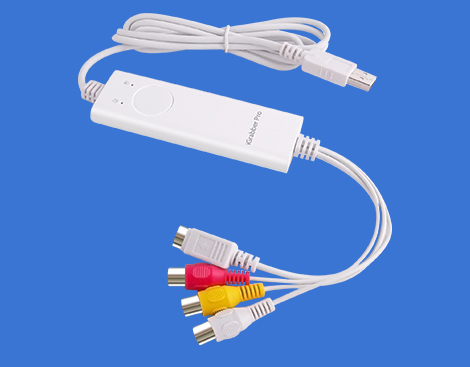

What I did then was eleiminate the 'Sleep' in the sending thread everytime the Dropped frame count went up, and subtracted one dropped frame as I did it. 2 Michigan capture its first Big Ten title in 17. In addition, The actual timer thread that does no more than sleep and set time =true, should also check if time had been reset and count what you could refer to as dropped frames, as the sending was incompleted before it was time again. Hassan Haskins ran for two second-half touchdowns and broke a school record while running back Donavan Edwards threw a 75-yard TD pass to help No. The thread will then sleep again till time is 'true'. Then send the sample, and inside this sending method, reset the global timer variable to false. and refernce the dshow grabber interface. Set up the sample grabber for buffered mode.Īdd an ISampleGrabber interface member to your Application class. Make a class containing the DShow elements and a separate class for your application. It will Sleep(1000/framerate) and then set a global variable to 'true' -If you have trouble understanding this Statement, You better hit the c++ books.

Personally, I Derived a class from CAMThread for my timer. (edit)->Best advise to a beginner interested in video is to read evey direct show sample in the capture folder.!!! Reference clocks with advise times and such. You are getting beginer answers from me and there are many many better ways to do this beyond the scope of my knowledge. The sample code was divided up and placed into classes derived from CAMThread, my favorite, =) and setup to just work together without me having to do anything but configure the addresses. and any process that needs frames, either a simple form control, or full blown filter, will use the client code. I set up the Directshow side with the webcam as the server. I basically copied line for line, the code of the client/server winsock example online. Setting up the Directshow end as a server, and the sending end as a client, User your application controled variable to request frames.ĮditediteditediteditTo clarify the above sentenceeditediteditediteditediteditedit I would set up compression after the sample grabber in the sending process. Let the original graphs run independantly.ĭont forget compression for high framerates, unless you are only running on LAN. When the timer ticks, Grab a buffer and recieve a buffer from the remote client. I would continue using the sample grabber in buffereds mode. My approcah would be to set up a timer for an 'application defined' network framerate. Well I wont address the callback method problem though that is the soulution you ask for.


 0 kommentar(er)
0 kommentar(er)
